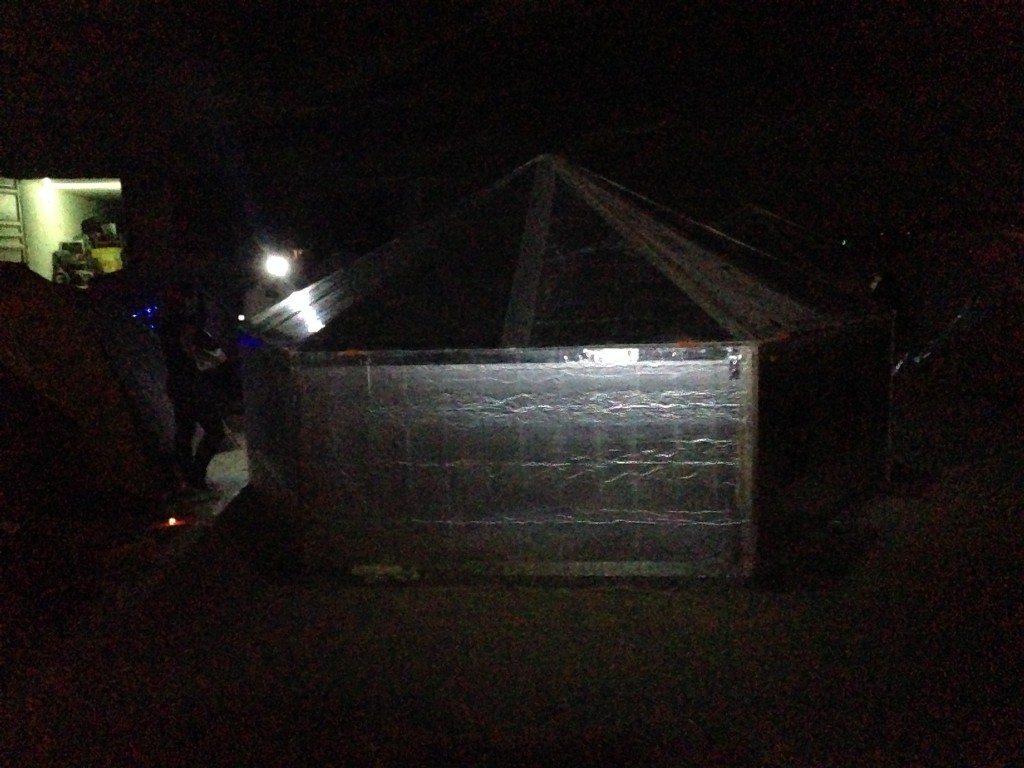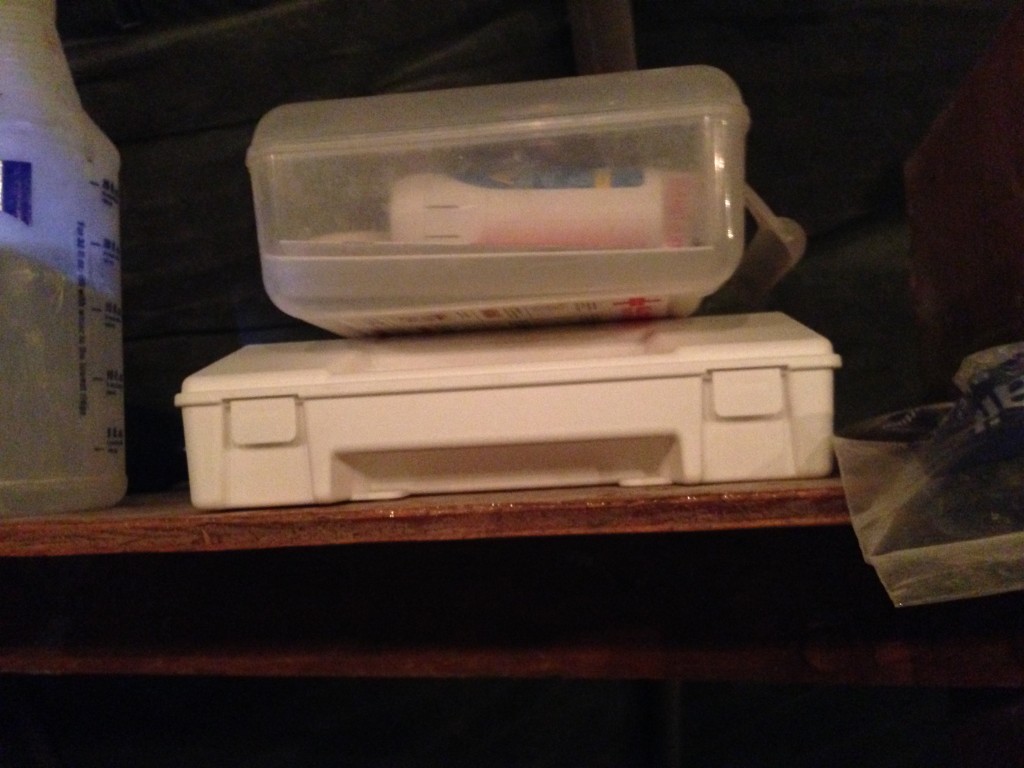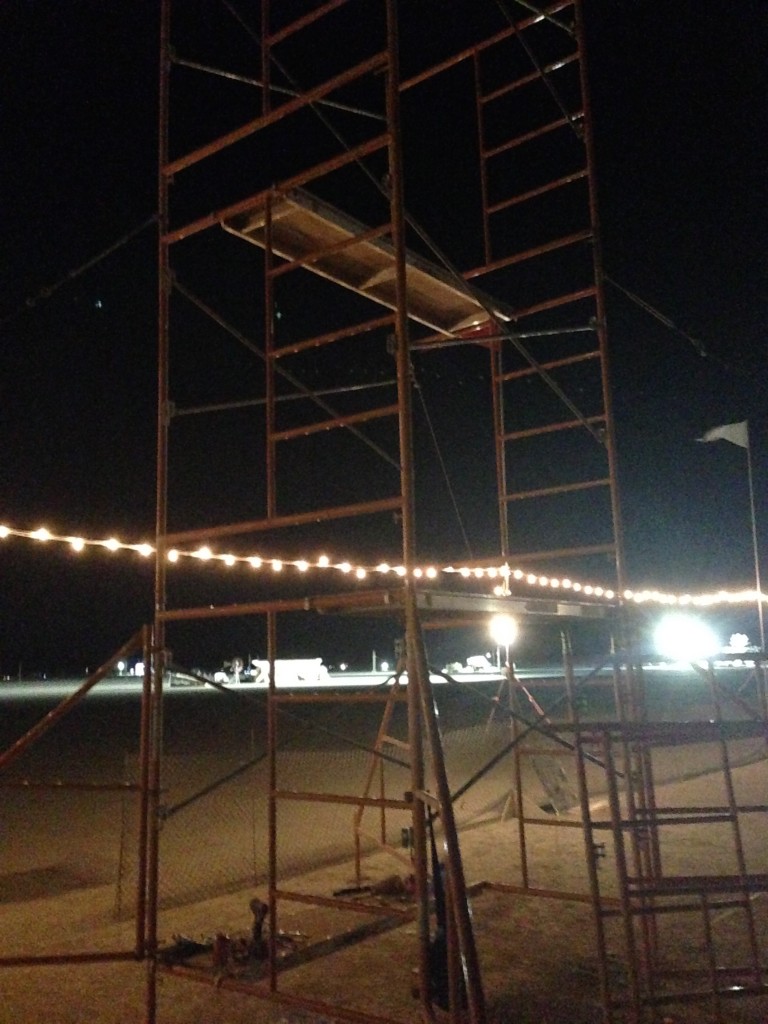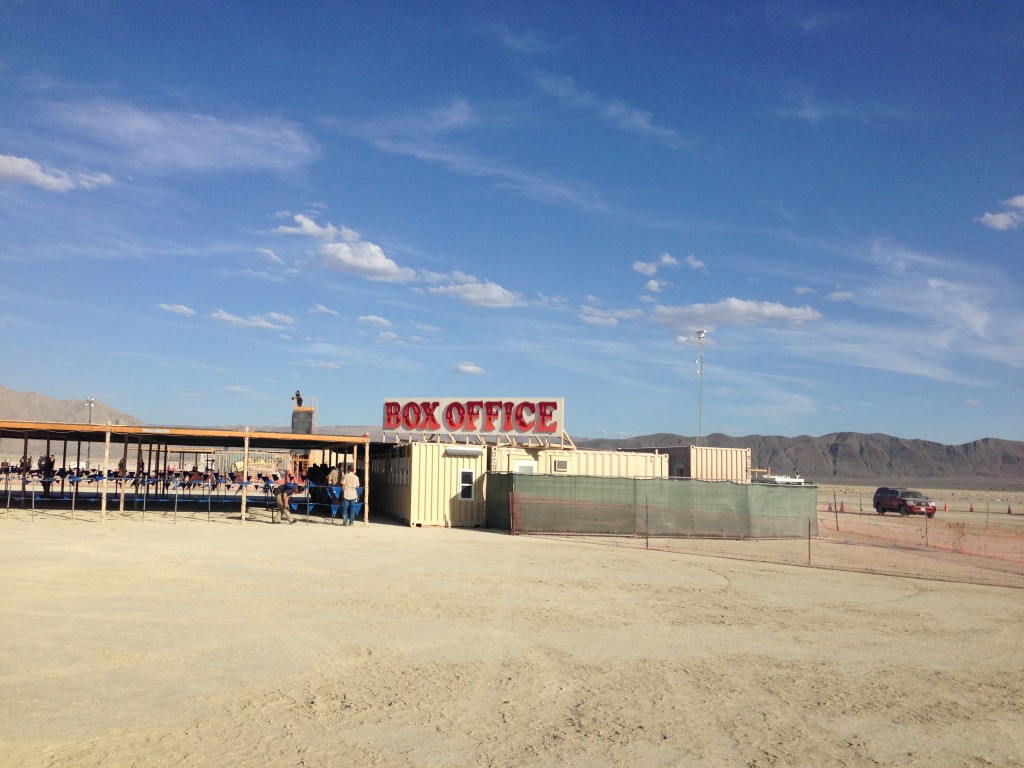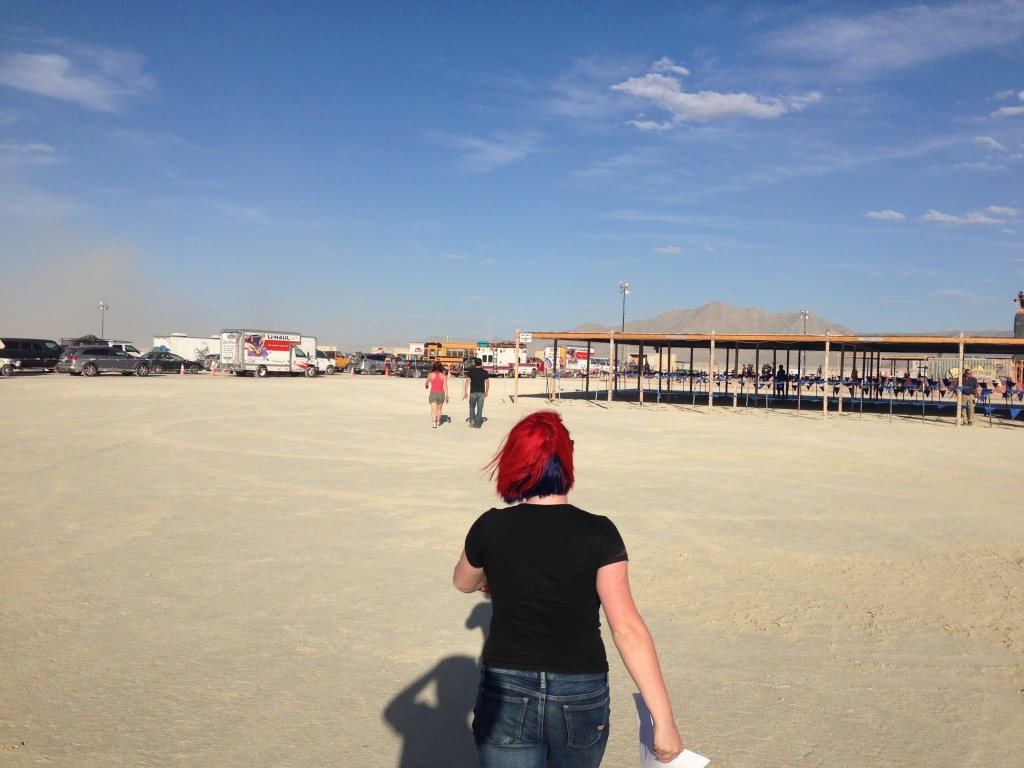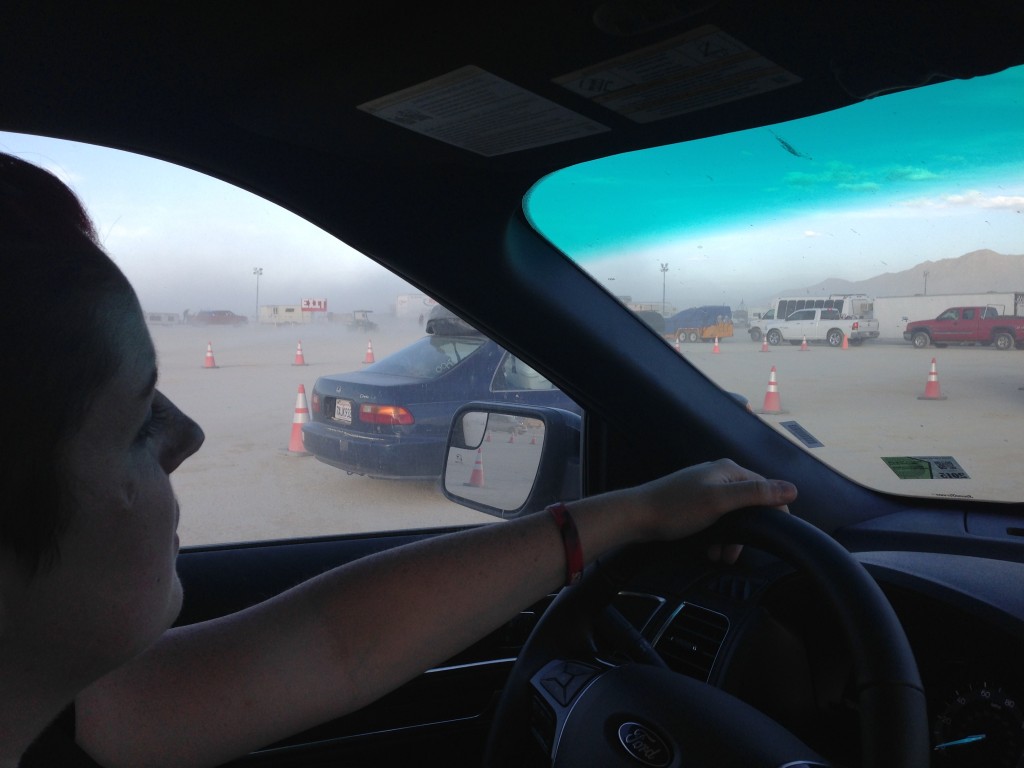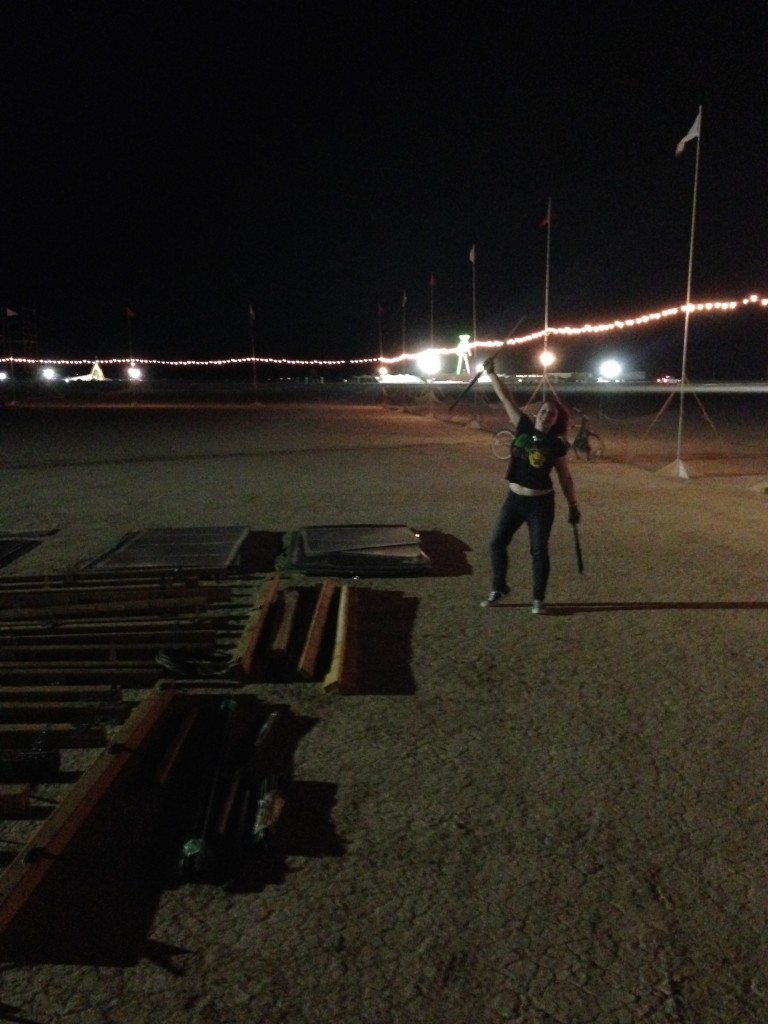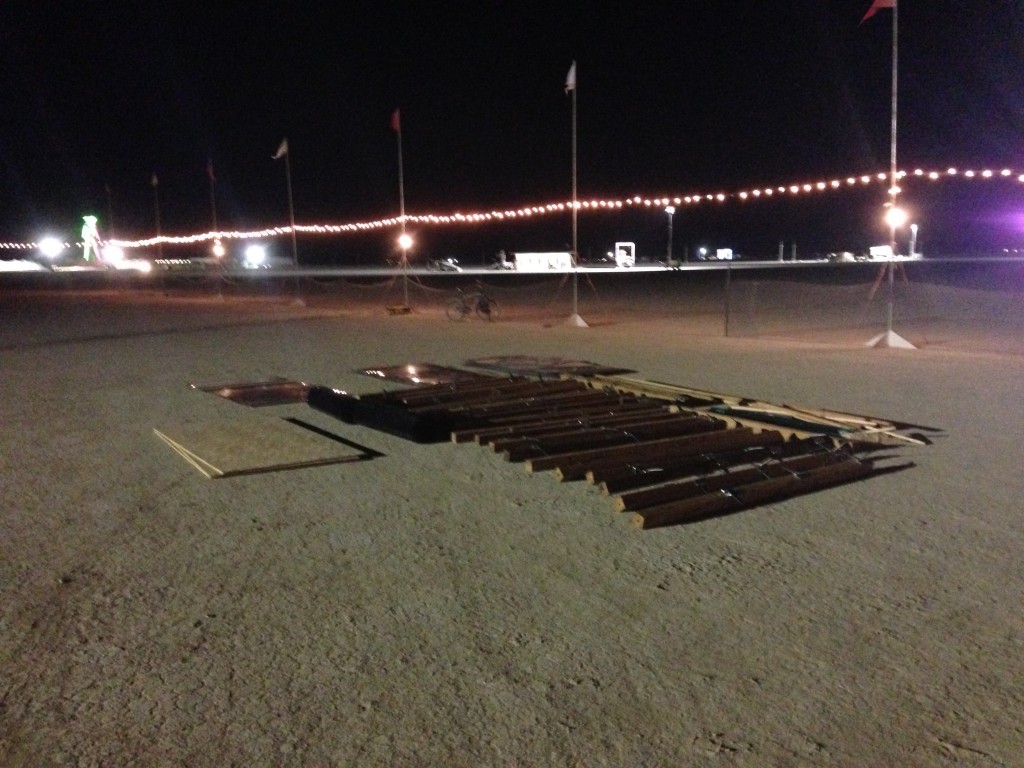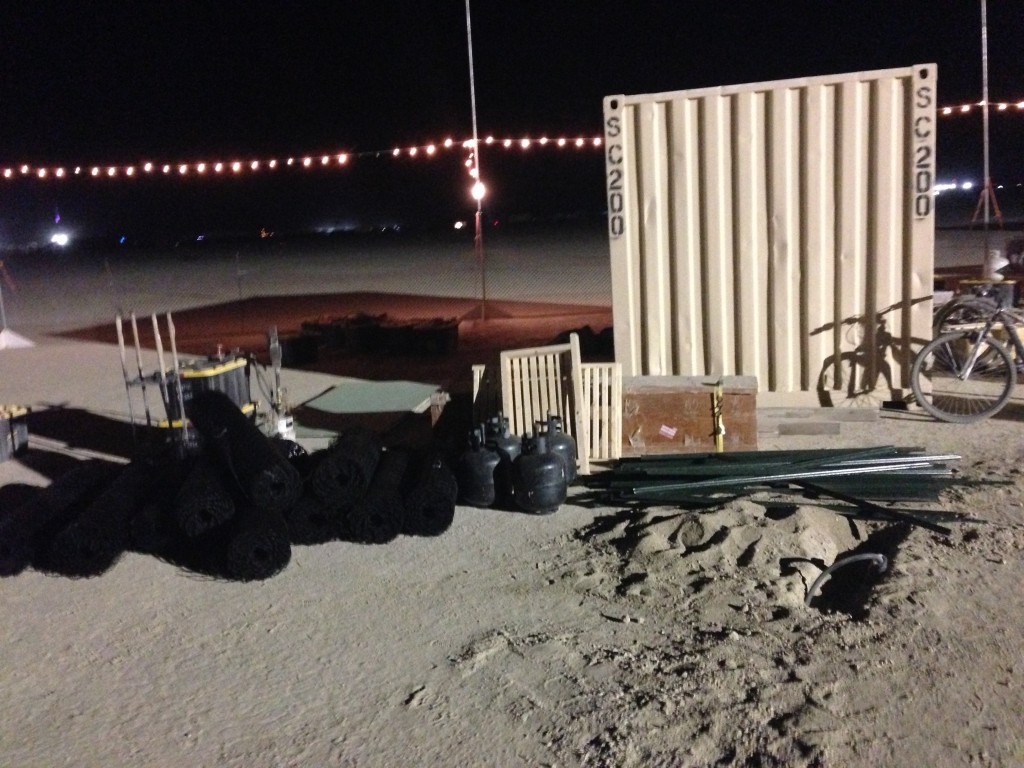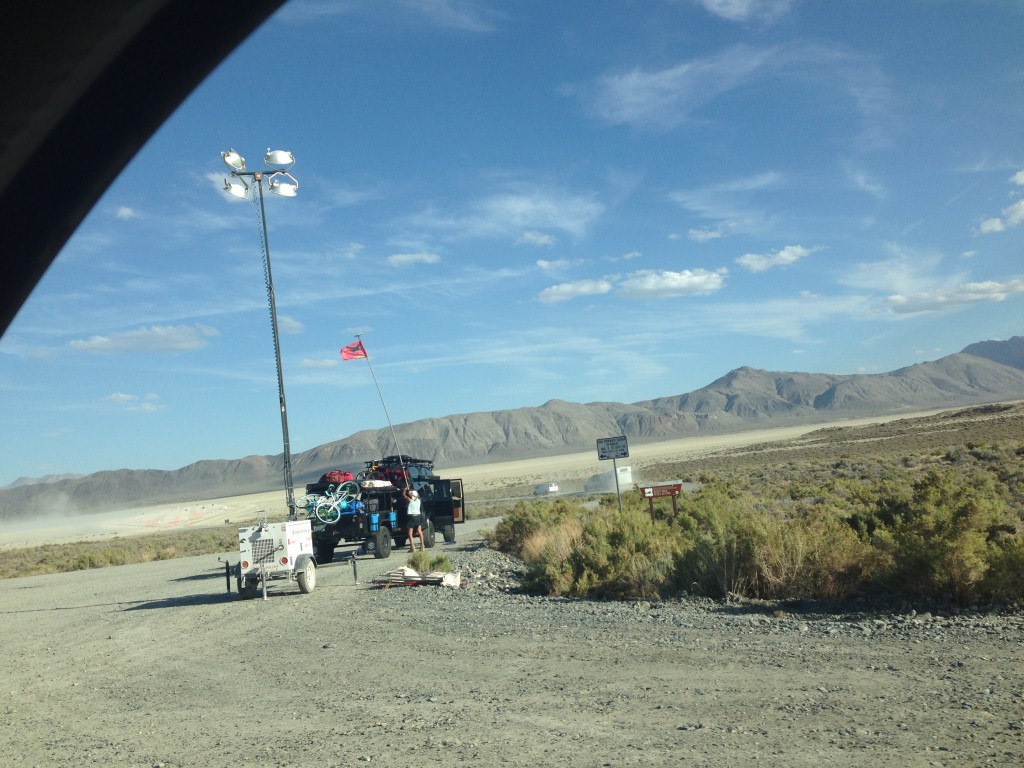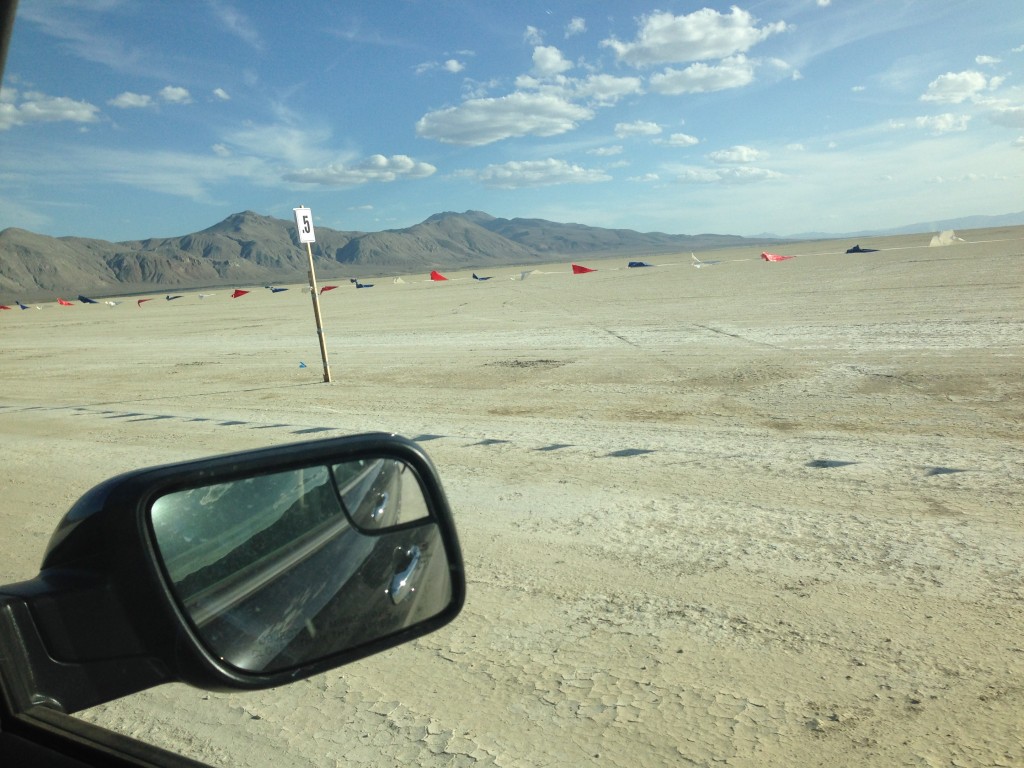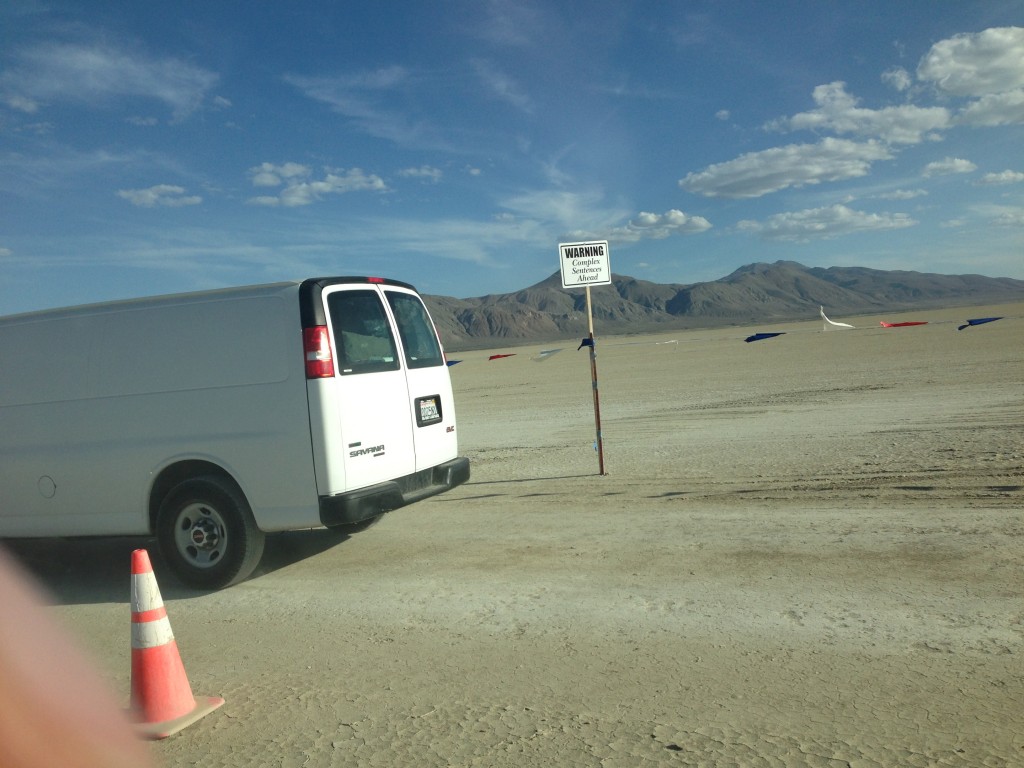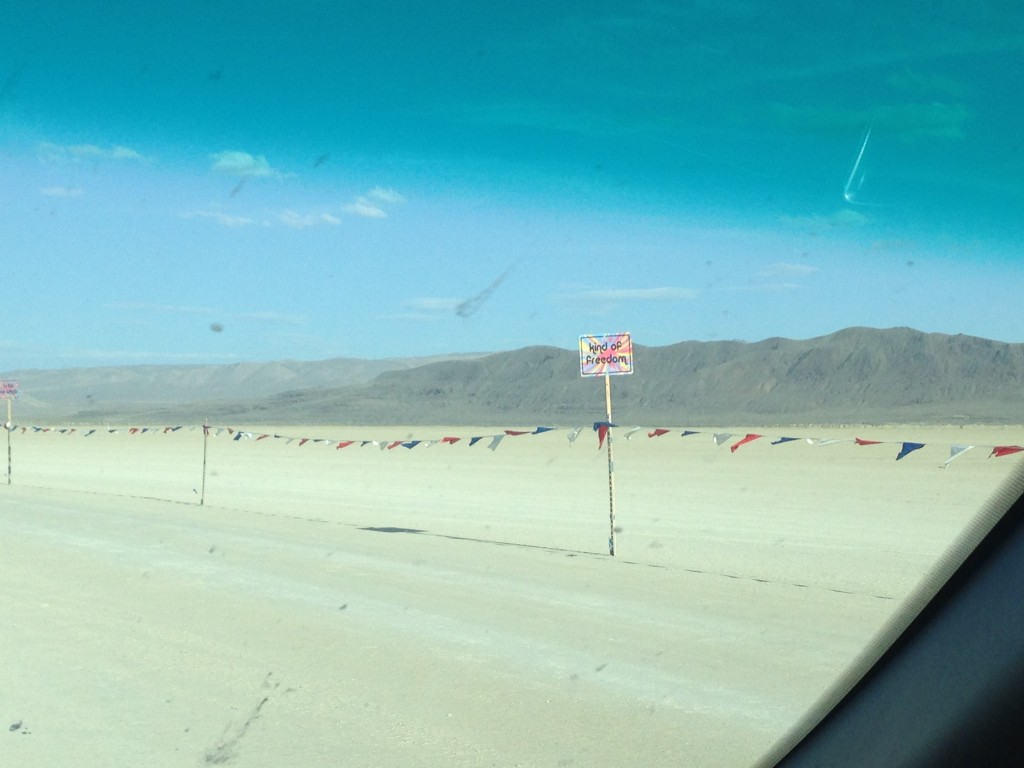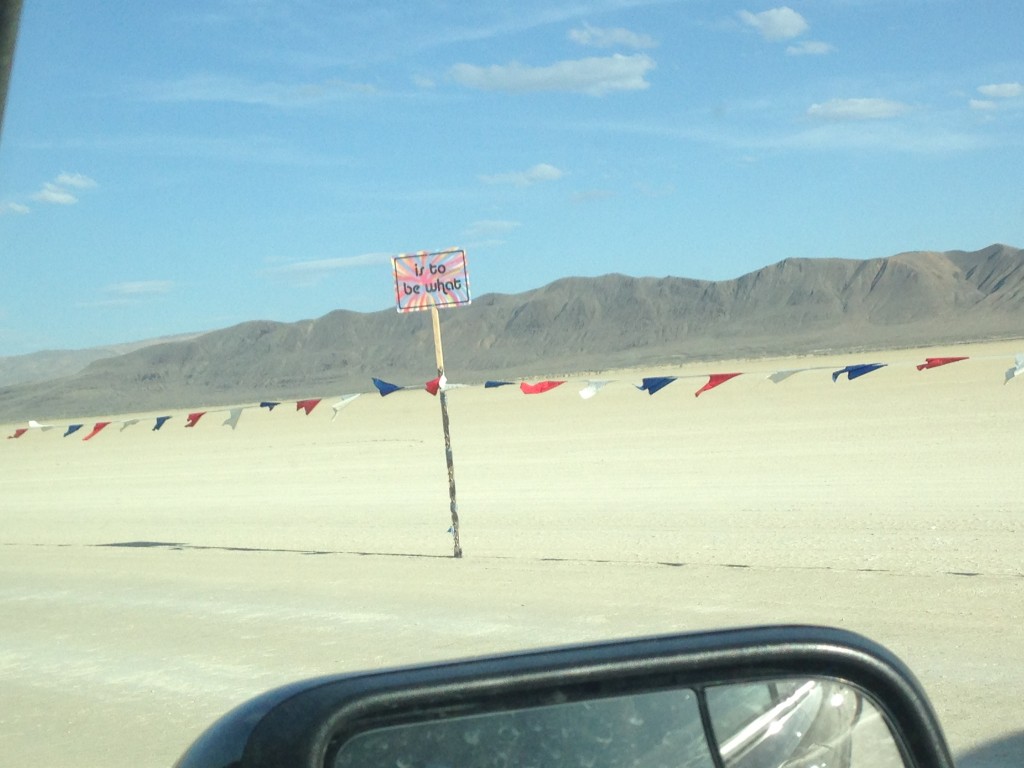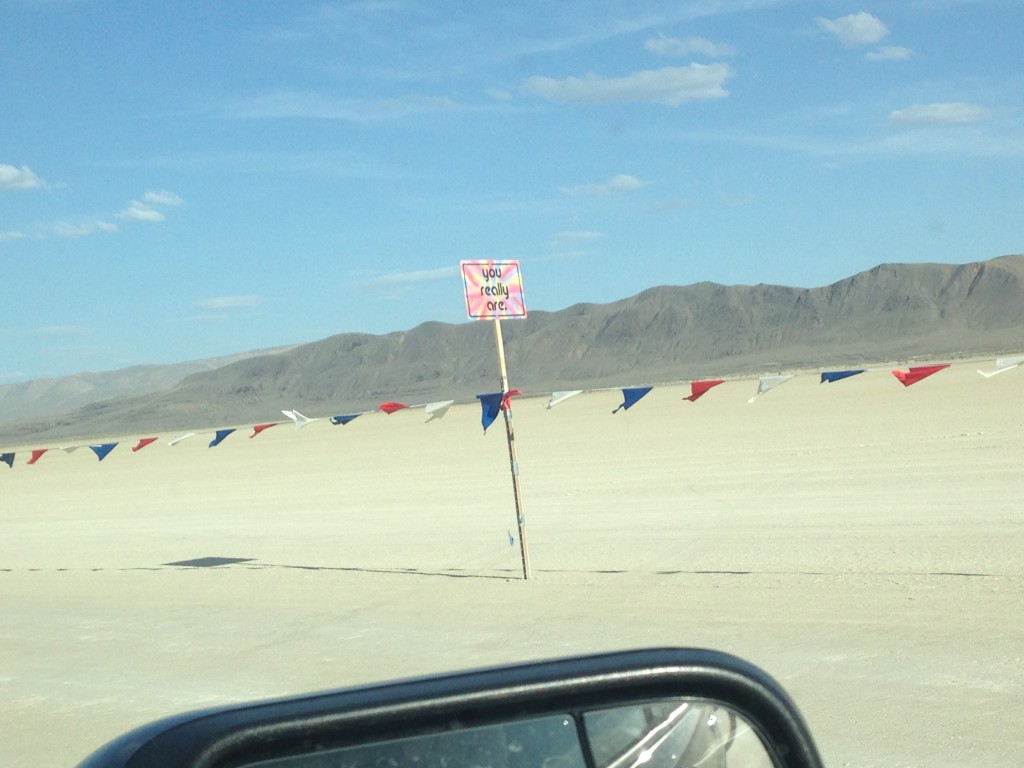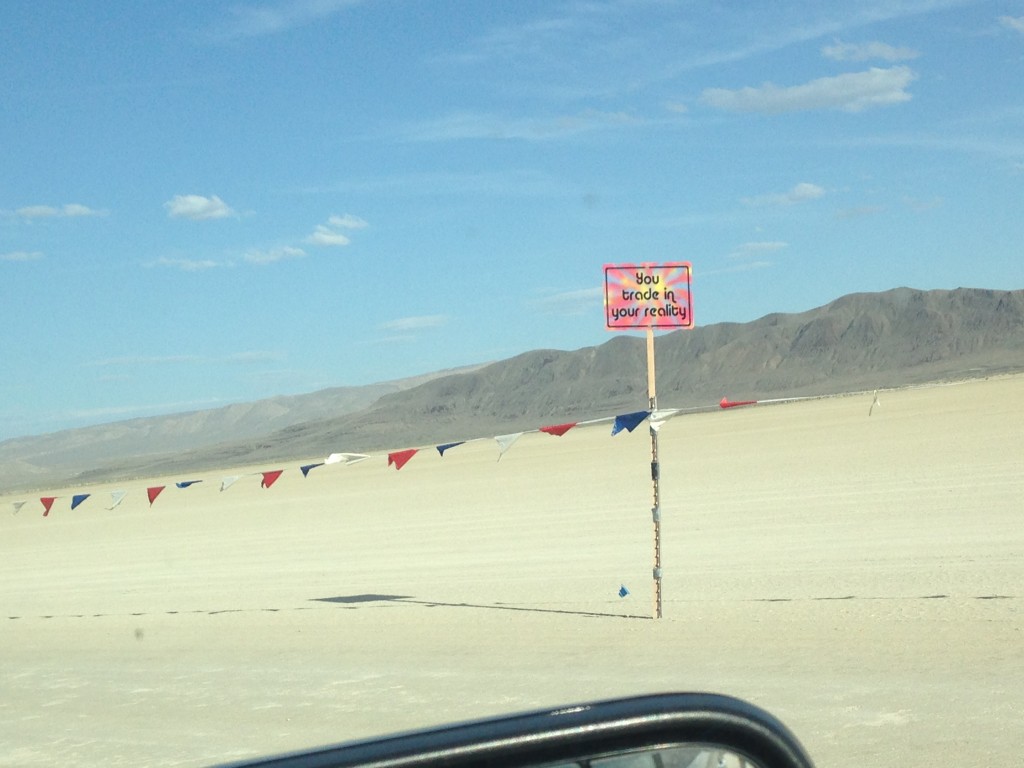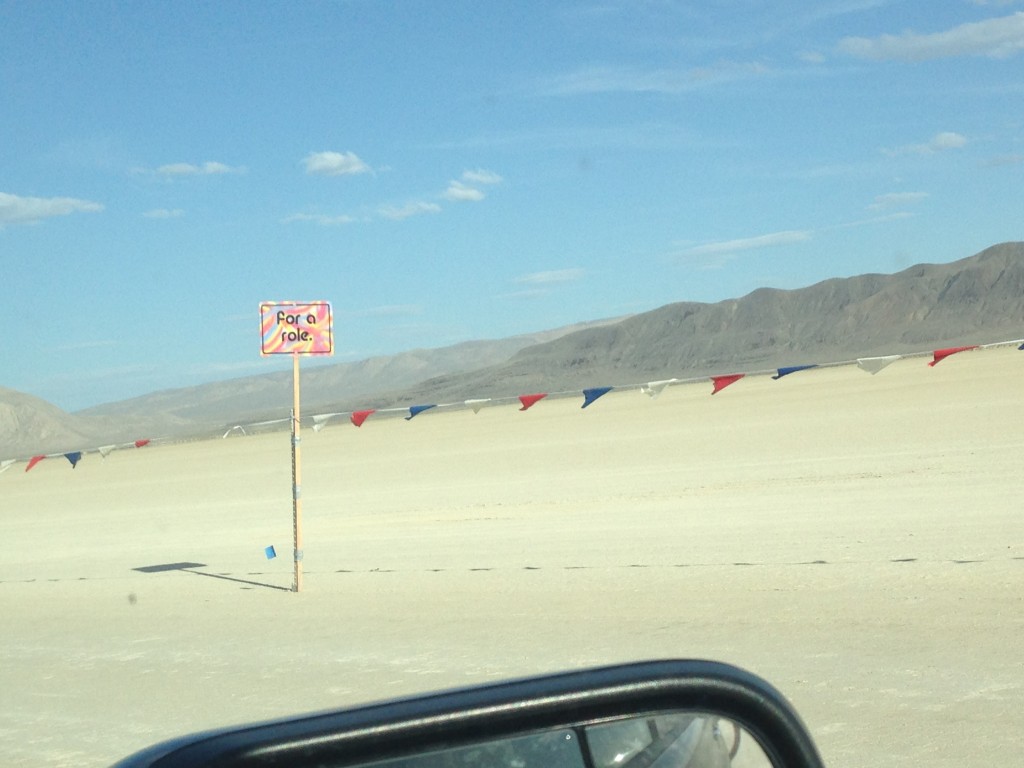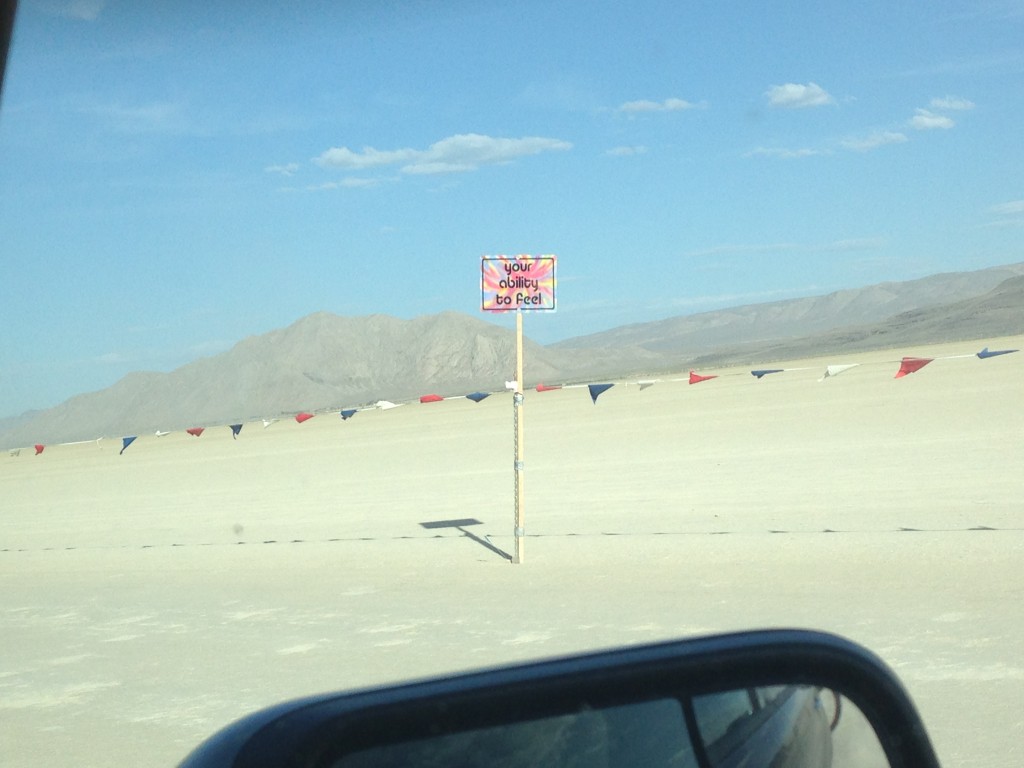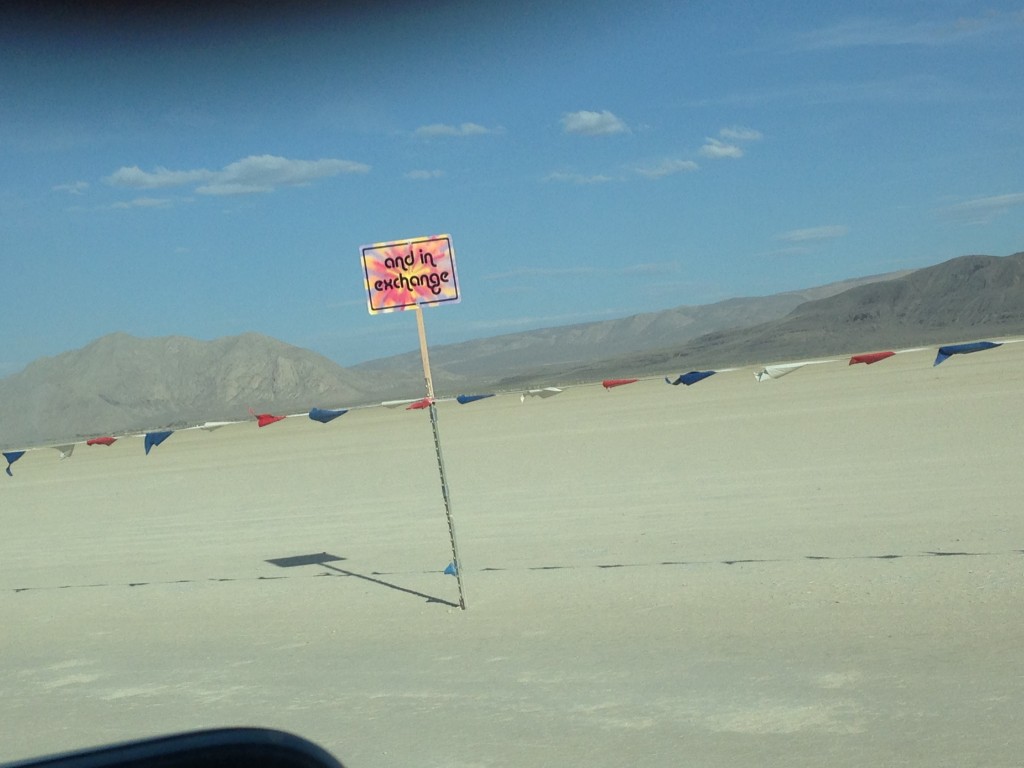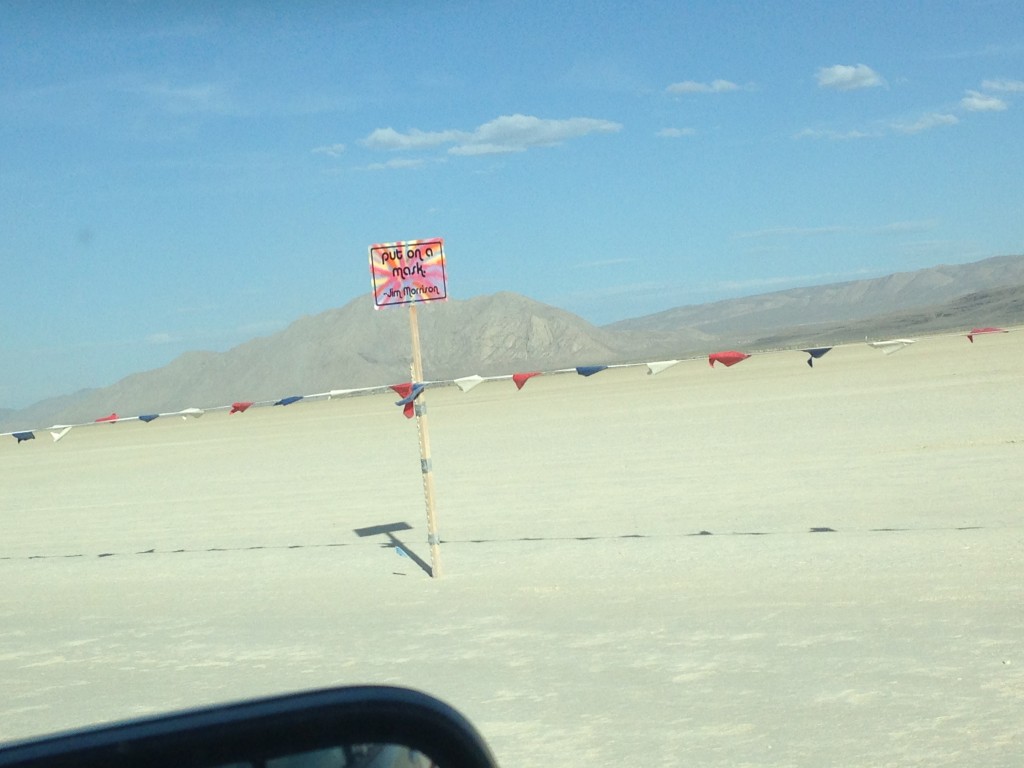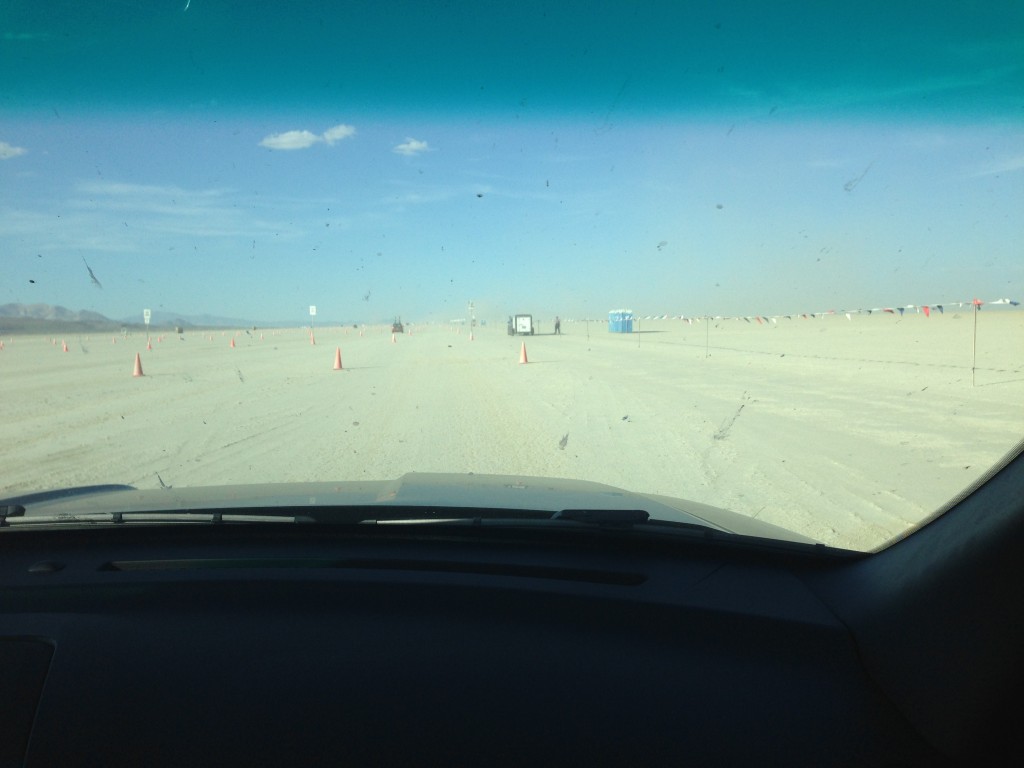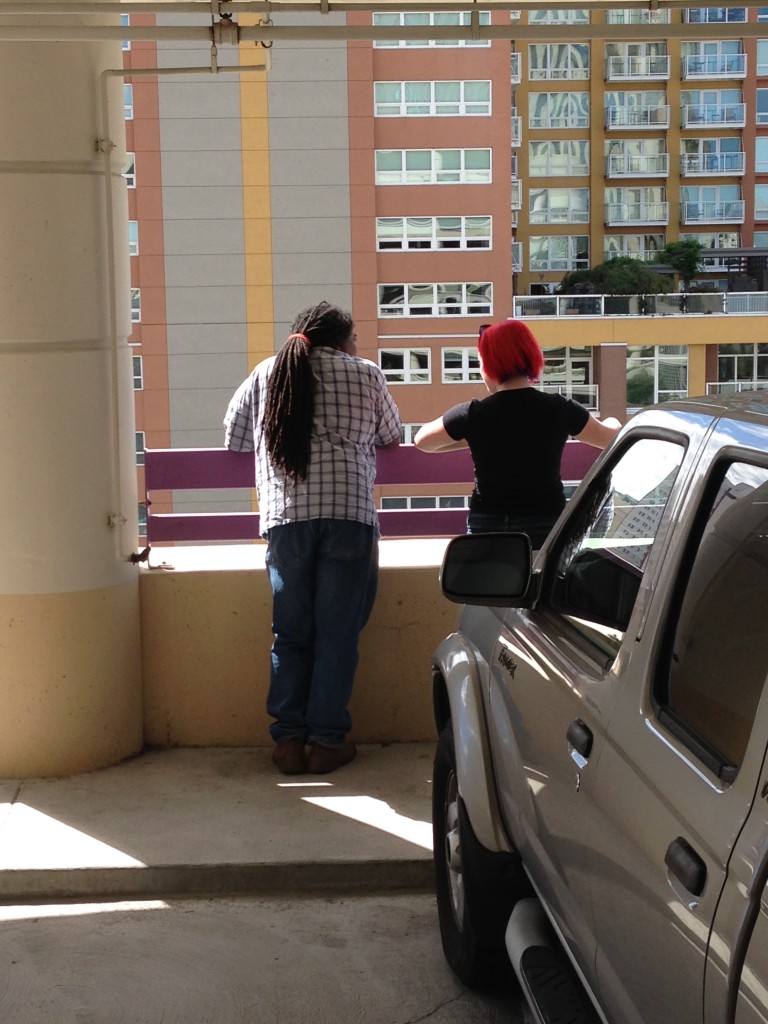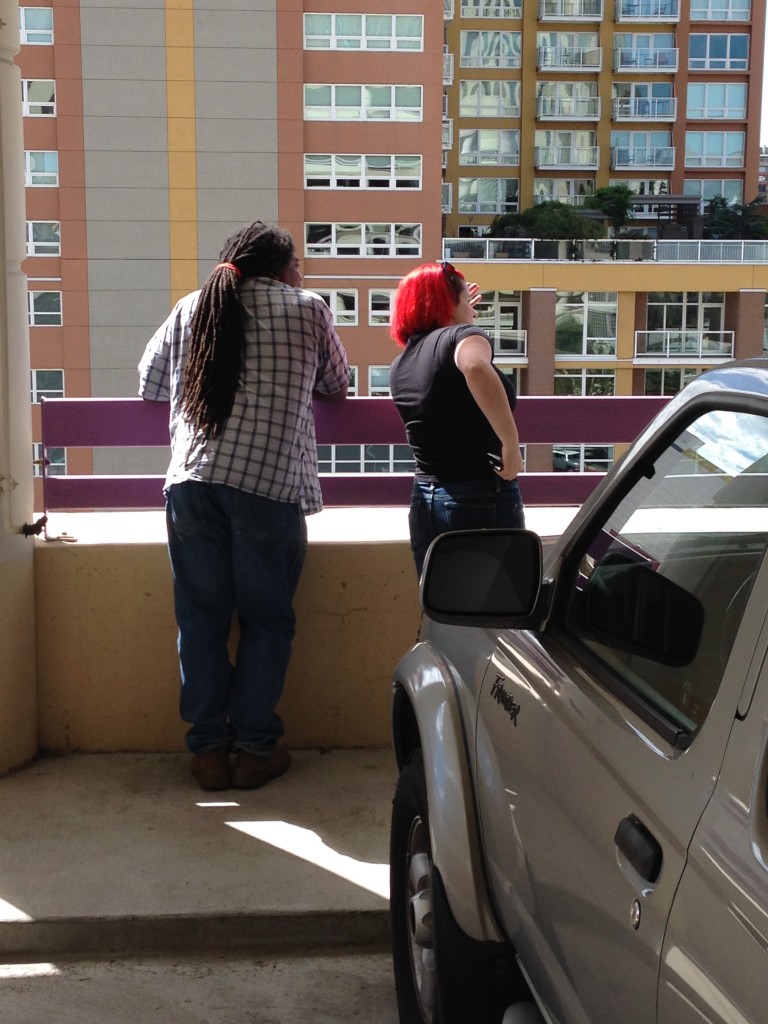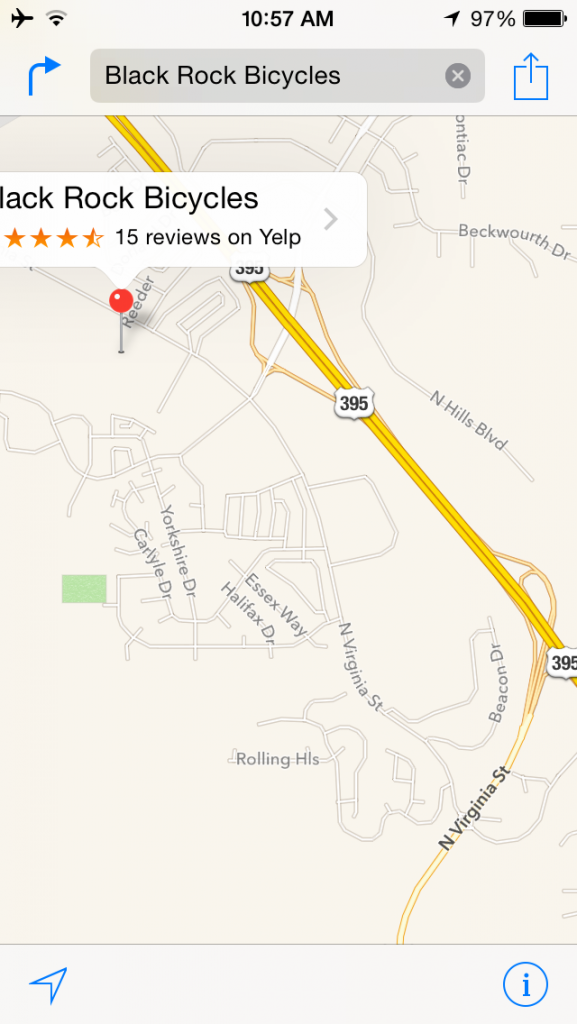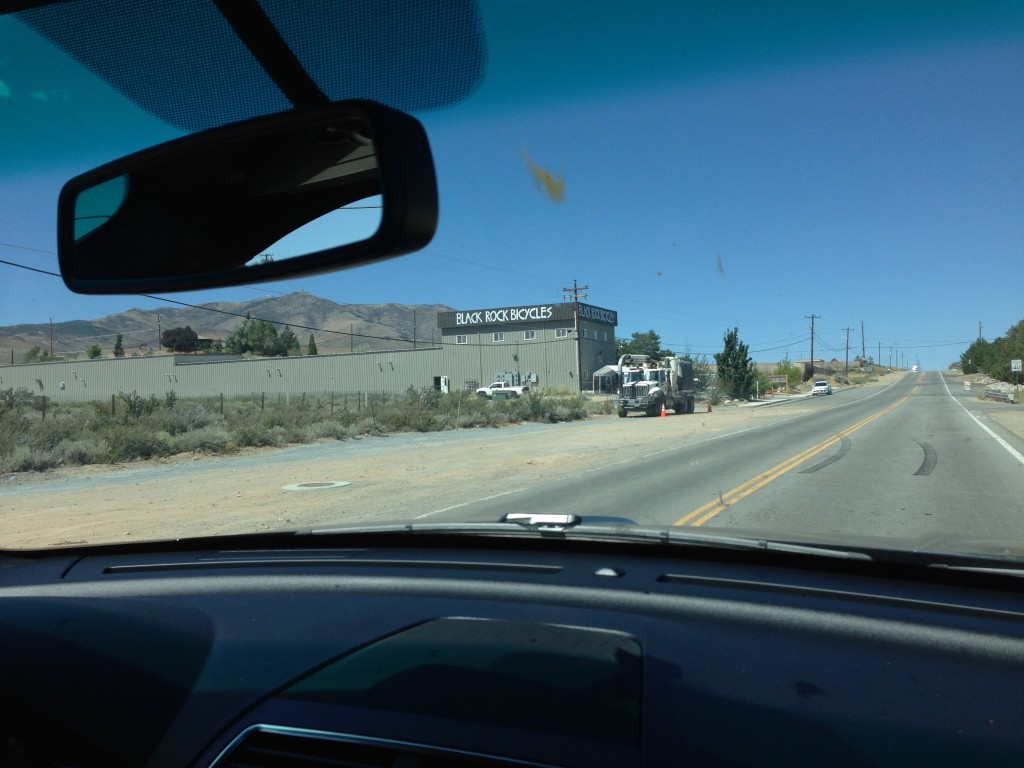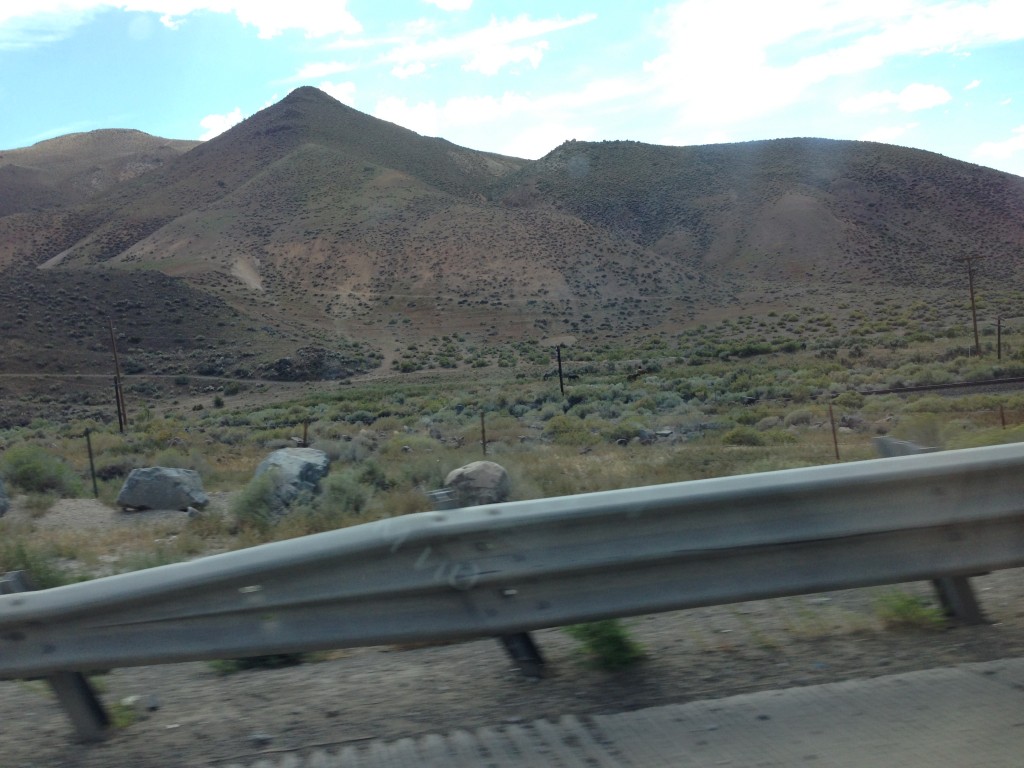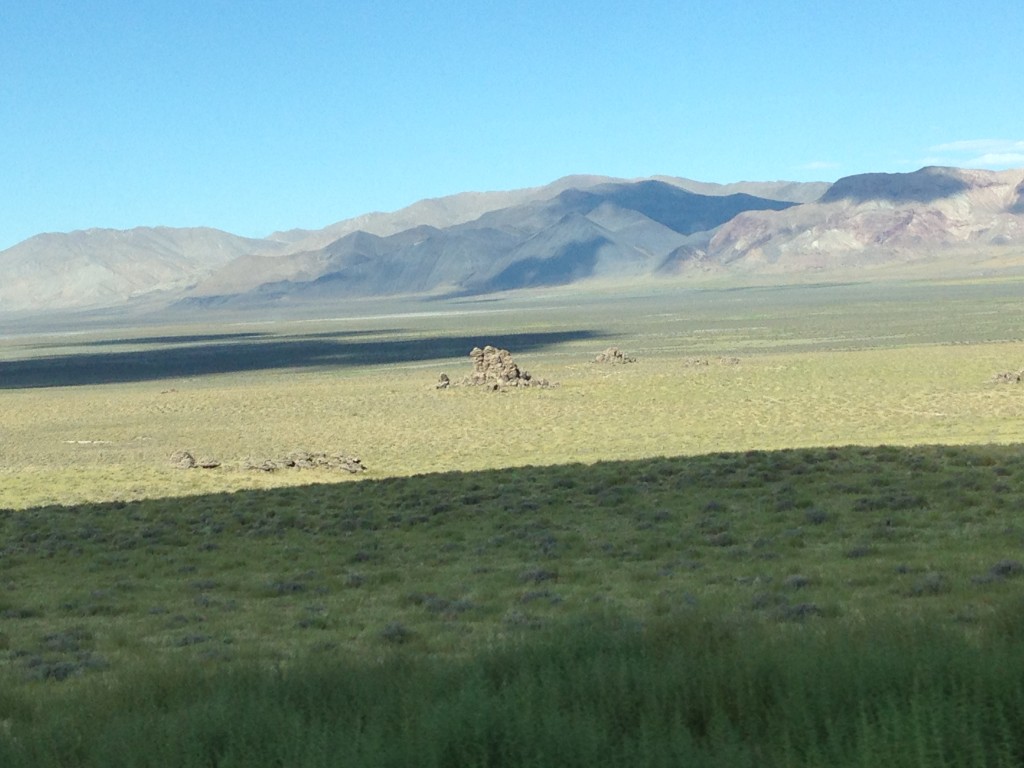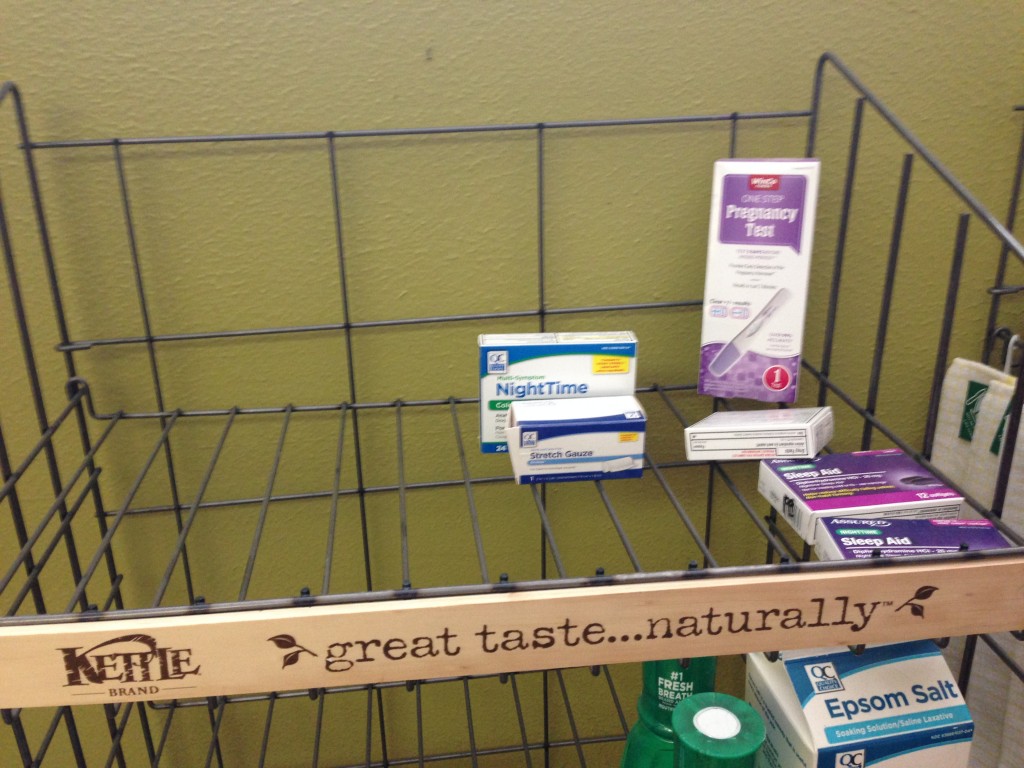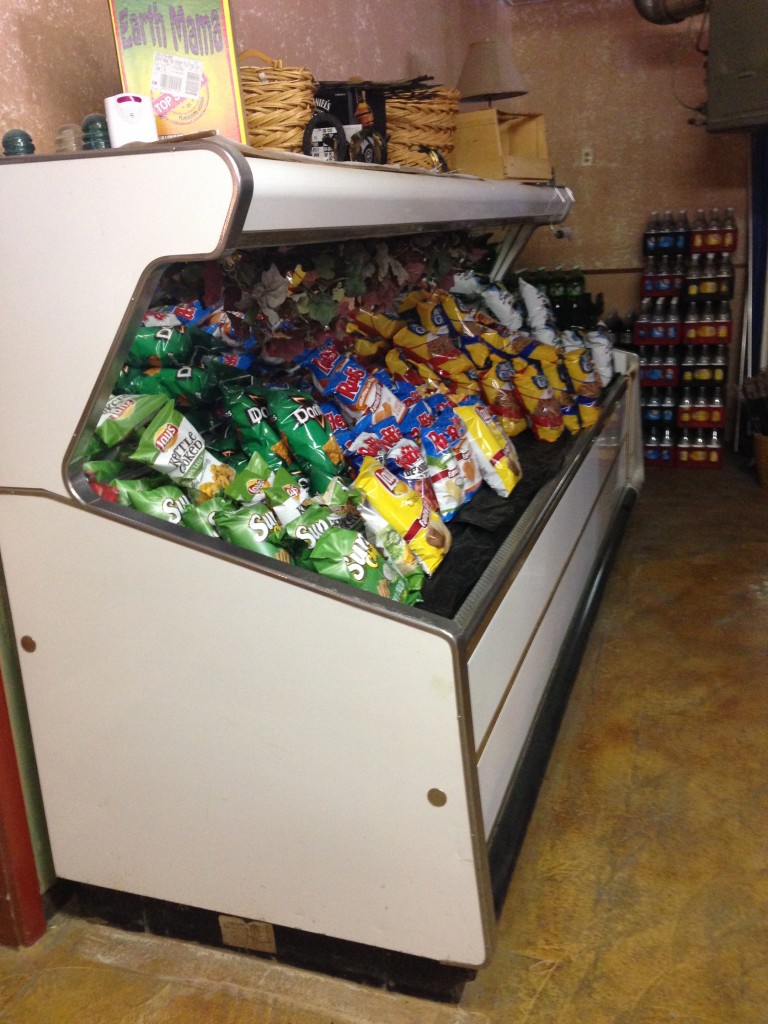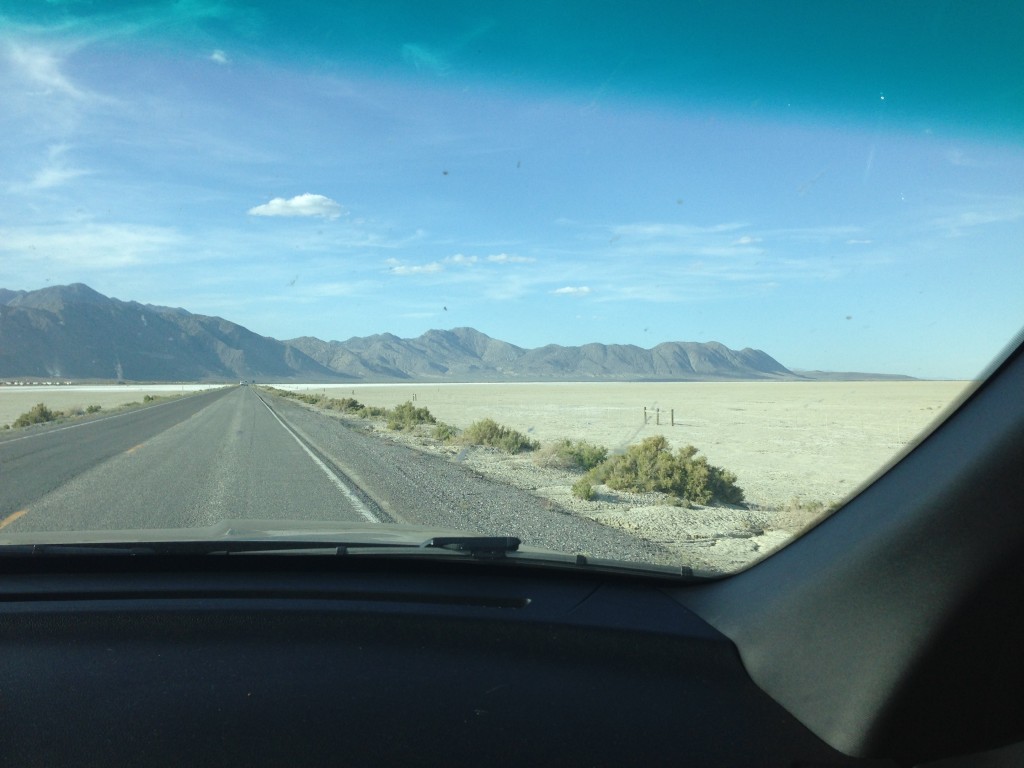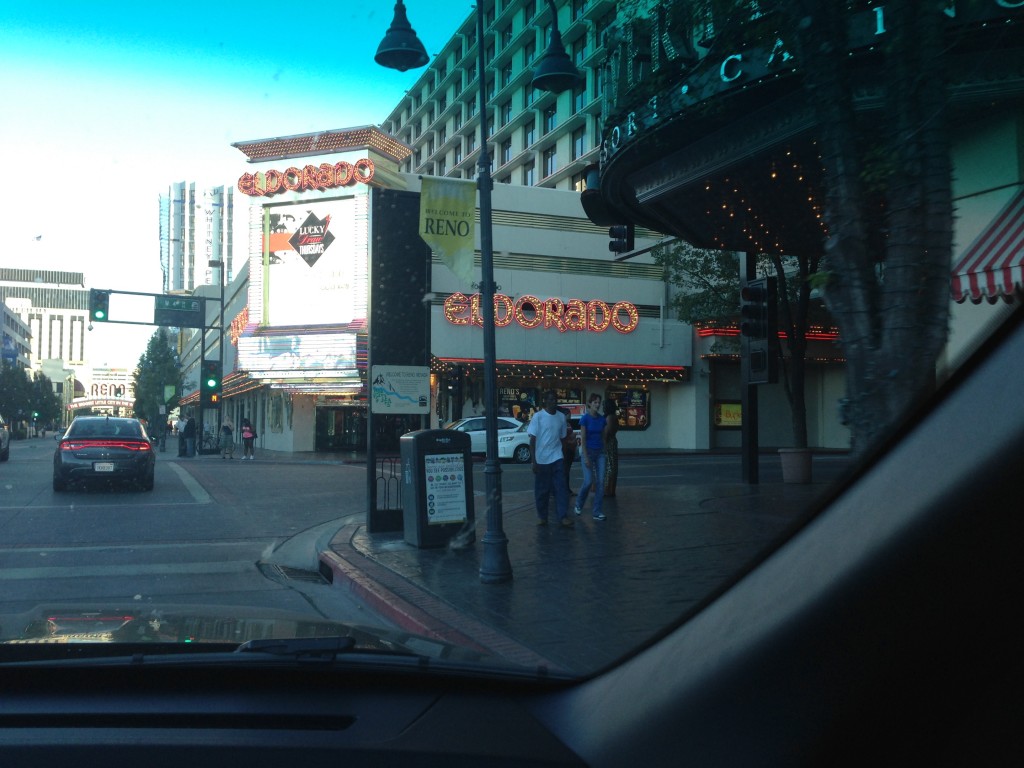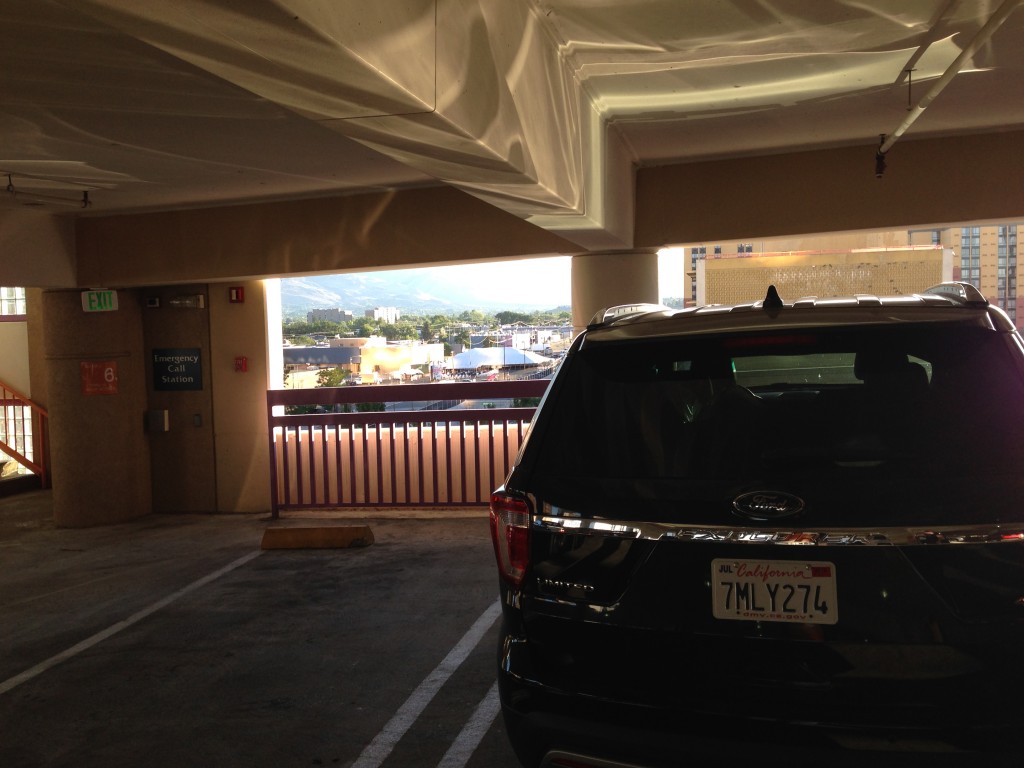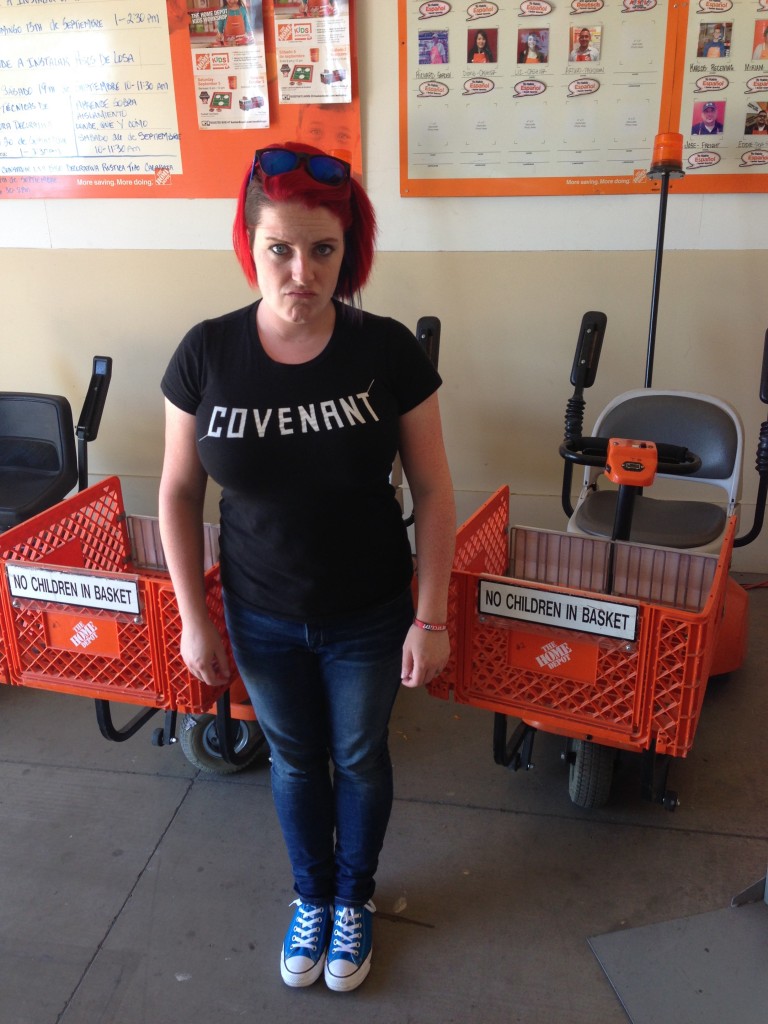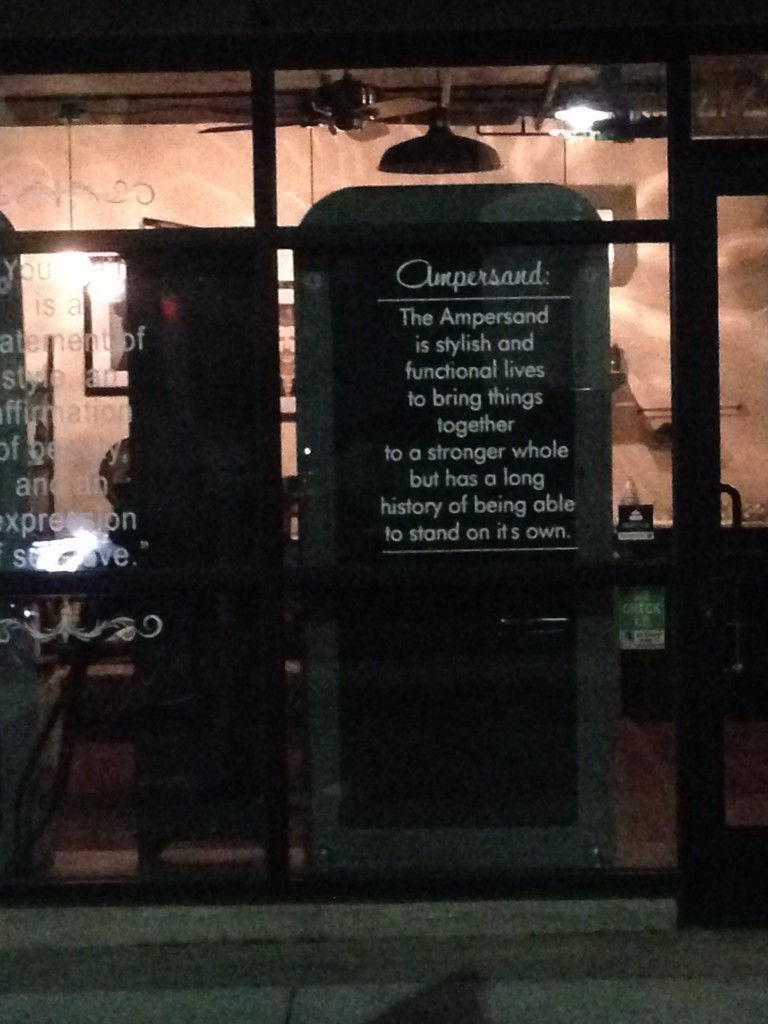So, a person walks in to a bar. As they enter, someone up on stage says ‘one hundred and fourty seven’, and the whole bar erupts with laughter.
The person walks over to the bartender and asks ‘What are they doing? Why did everyone laugh just then?’
The bartender says ‘Well, a few years ago, they realized that they were just telling the same jokes over and over again, so they wrote them all down and assigned numbers to them. Saves a lot of time.’
‘Oh! Let me try!’
The person runs up on stage, and yells ‘Fifty-two!’. Dead silence. ‘Fifty two?’ Dead silence. They disconsolately walk off the stage and back to the bar. The bartender says ‘It’s alright.’
‘What did I do wrong?’
‘Just watch.’
A person from the crowd, a regular it would seem, walks up onto the stage. ‘Fifty two.’
The crowd erupts with laughter again.
‘What? Why did that work?’
‘Well, it’s all in how you tell a joke.’
Then a different person comes out of the crowd, and walks slowly up to the stage. They pause for a while, and then say ‘One thousand, two hundred and seventeen.’
There is a pause. Another pause. Then one person starts laughing, then another, soon the whole bar is laughing.
‘What did they just do? Why did the crowd react like that?’
‘That was one they hadn’t heard before.’
Notes: I think I heard this one from my dad for the first time when I was very young. I’ve always enjoyed it. It felt difficult to ambiguate the gender of the participants, but it felt necessary. I think there are two endings above, everything after ‘it’s all in how you tell a joke’ is an alternate ending, but I enjoy the whole thing together, if only because you get to surprise people twice.
